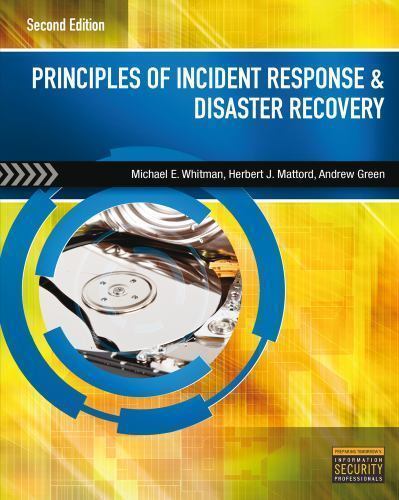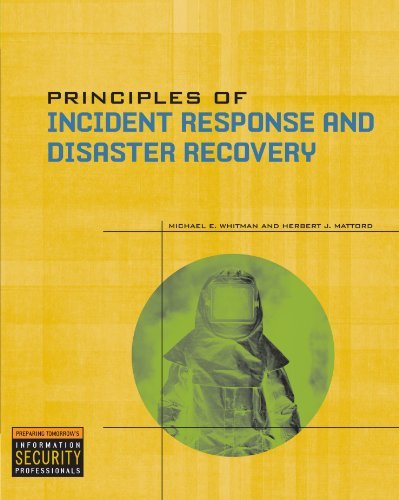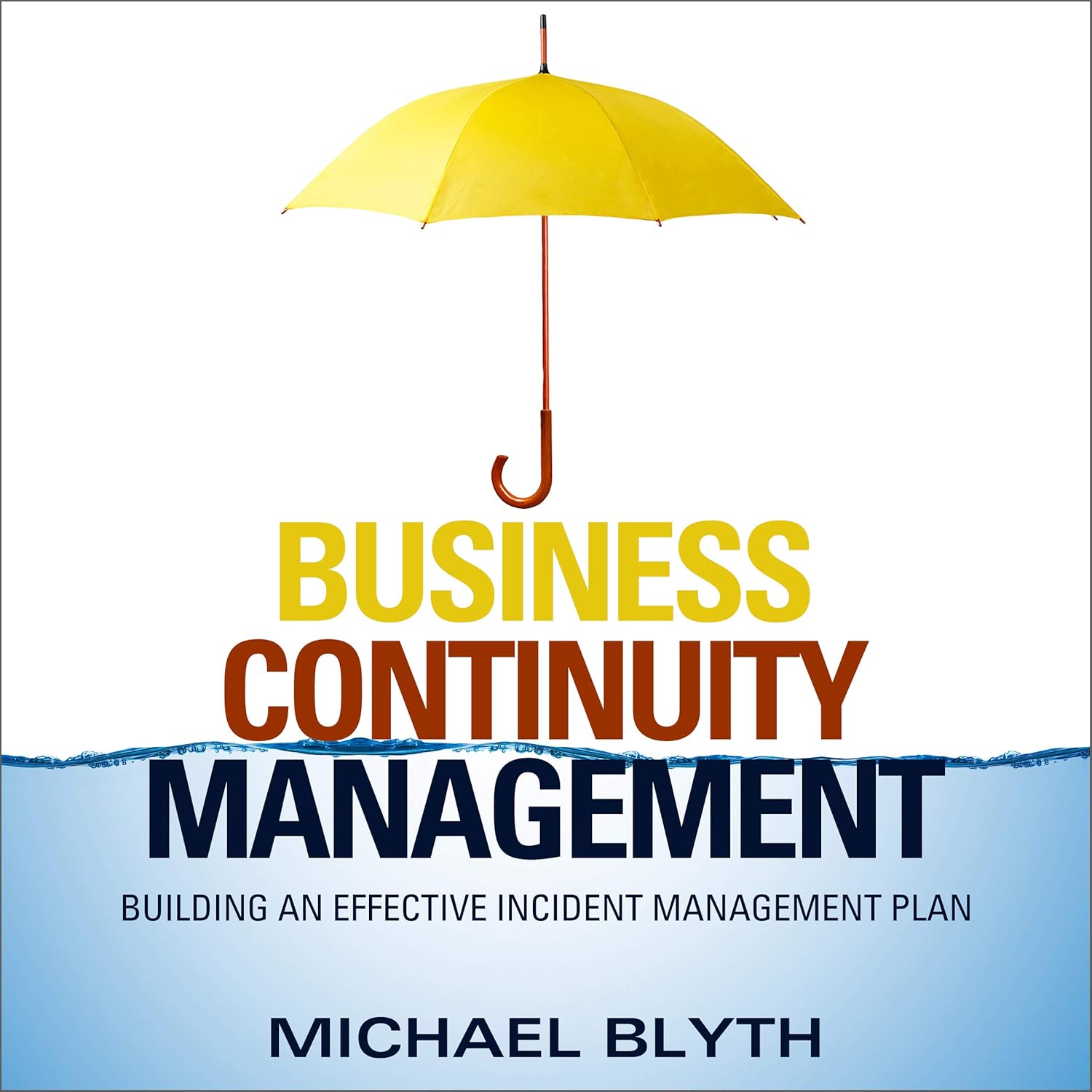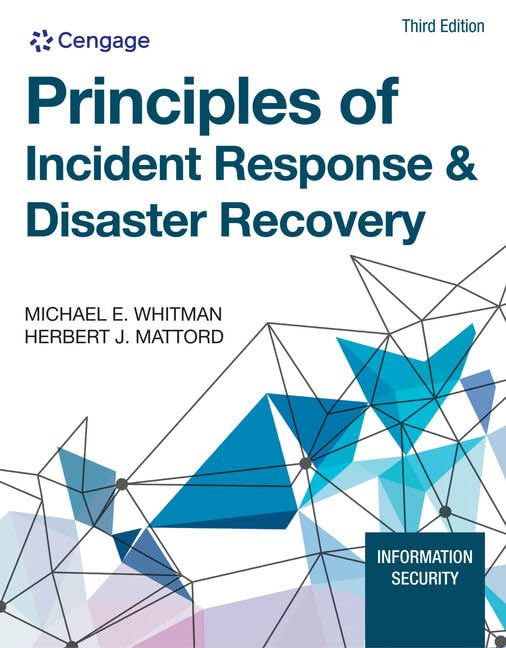Data centers are a critical component of modern business operations, housing valuable data and infrastructure that are essential for daily operations. However, with the increasing frequency and sophistication of cyber attacks, data centers are at risk of facing security incidents that can disrupt operations and compromise sensitive information. To mitigate these risks, it is essential for organizations to have a well-developed data center incident response plan in place.
Developing a data center incident response plan requires careful consideration of various factors to ensure that the organization is well-prepared to respond effectively to security incidents. Here are some key considerations that organizations should keep in mind when developing a data center incident response plan:
1. Identify and prioritize critical assets: The first step in developing a data center incident response plan is to identify and prioritize critical assets within the data center. This includes data, applications, and infrastructure that are essential for the organization’s operations. By identifying and prioritizing critical assets, organizations can focus their efforts on protecting and responding to incidents that pose the greatest risk to their operations.
2. Define incident response procedures: Once critical assets have been identified, organizations should define incident response procedures that outline the steps to be taken in the event of a security incident. This includes procedures for detecting, containing, and mitigating security incidents, as well as communication protocols for notifying stakeholders and coordinating response efforts.
3. Establish roles and responsibilities: It is important to establish clear roles and responsibilities for key personnel involved in the incident response process, including members of the IT team, security team, and senior management. By clearly defining roles and responsibilities, organizations can ensure that everyone knows their responsibilities and can act quickly and effectively in response to security incidents.
4. Conduct regular training and drills: To ensure that the incident response plan is effective, organizations should conduct regular training and drills to test the plan and familiarize personnel with their roles and responsibilities. This can help identify any gaps or weaknesses in the plan and ensure that personnel are prepared to respond effectively to security incidents.
5. Continuously monitor and update the plan: Developing a data center incident response plan is not a one-time activity. Organizations should continuously monitor and update the plan to reflect changes in the threat landscape, technology, and business operations. Regularly reviewing and updating the plan can help ensure that it remains effective and up-to-date in responding to evolving security threats.
In conclusion, developing a data center incident response plan is essential for organizations to effectively respond to security incidents and protect critical assets. By identifying and prioritizing critical assets, defining incident response procedures, establishing roles and responsibilities, conducting regular training and drills, and continuously monitoring and updating the plan, organizations can enhance their readiness to respond to security incidents and mitigate risks to their data center operations.











